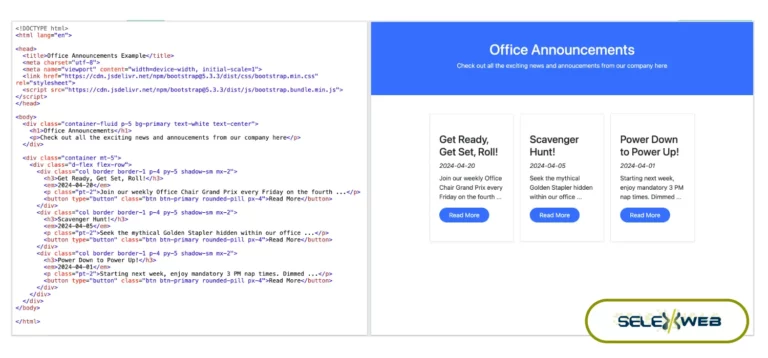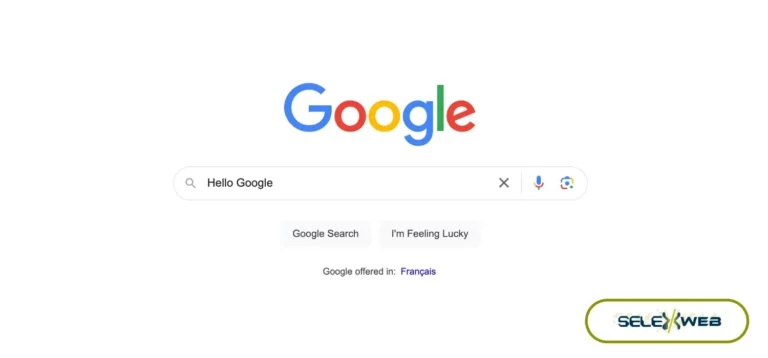In the rapidly-evolving digital era, having a website is a critical asset for most businesses. Just like any other tool or equipment used in business, a website requires regular maintenance and monitoring. And sometimes, despite our best efforts, things can go wrong. In the context of programming or engineering, when something doesn’t work as intended, we often refer to the issue as a “bug.” But what exactly is a bug? Why does it happen? And why should business owners be concerned about them? Let’s dive in.
Defining the “Bug”
In simple terms, a bug in a website (or in any software) is a flaw or error that produces an unexpected result, or behaves in an unintended way. The term “bug” has an interesting history. It’s said that in the early days of computing, a malfunction was once caused by an actual moth trapped in the machinery. While the use of “bug” predates this incident, the story captures the essence of what bugs represent: unexpected disruptions in the system.
Common Types of Bugs
- Functional Bugs: occur when a specific functionality on a website doesn’t operate as planned. For instance, envision a hotel website with a room booking system. Visitors choose a room for certain dates, expecting it to be reserved. But due to a glitch, the system fails to register this. The room might then be double-booked, leading to a cascade of challenges from unhappy customers to administrative nightmares.
- User Interface (UI) Bugs: relate to the visual and interactive parts of a website. Suppose you’ve just launched a promotional banner for a new product on your e-commerce platform. Ideally, it should be visible to every visitor. However, on some mobile devices, the banner unexpectedly truncates, making the call-to-action invisible. As a result, potential mobile buyers might miss out on the enticing deal.
- Performance Bugs: When it comes to Performance Bugs, they manifest when a website becomes sluggish, unresponsive, or crashes. Think of a photography portfolio website packed with high-resolution images. If not optimized, these images could take ages to load. Potential clients, unwilling to wait, might navigate away, missing the artist’s work altogether.
- Security Bugs: are particularly concerning as they expose a website to unauthorized access and cyber threats. Consider an e-commerce site where customers share their credit card details. If, due to a bug, this vital information isn’t encrypted, it’s left vulnerable. This not only poses risks for customers but can land the business in legal hot waters.
- Compatibility Bugs: Lastly, these are inconsistencies in how a website appears or functions across different platforms. Let’s say a bakery website has a feature allowing cake customization. While Chrome users navigate it flawlessly, Firefox users might find it malfunctioning. Consequently, those on Firefox may conclude that customization isn’t an option, potentially affecting sales.
Why Bugs Happen
Software development, including website creation, is a complex process. Bugs can be introduced due to a variety of reasons:
- Human Error: The root of these lies in inadvertent mistakes made during design, coding, or updates. A simple example would be a developer updating a restaurant’s online menu. In a slip, they delete the dessert section. Now, patrons browsing might assume there are no desserts, possibly curbing their orders.
- Software Updates: while essential for keeping a site current, can sometimes clash with existing elements. Imagine an online store showcasing customer reviews via a plugin. After a recent update, this plugin may clash with the site’s version. Suddenly, customer testimonials vanish or appear garbled, potentially diminishing shoppers’ trust.
- Complex Interactions: arise when multiple systems on a website intersect unpredictably. For example, a fitness blog may allow users to filter articles. When someone selects both “diet tips” and “for beginners”, they might, due to a bug, get advanced workout regimes. Such inconsistencies can bewilder and deter readers.
- Ambiguous Requirements: can cause a mismatch between a business owner’s vision and the final website product. A classic scenario? A business owner asks for a “contact button” on their homepage. The developer, without specific directions, places it at the page’s bottom. Visitors, missing the more typically placed top-right button, might skip contacting altogether.
Why Should Businesses Care?
- User Experience: A buggy website can frustrate users. If potential customers find your site hard to navigate, slow, or unreliable, they might go to a competitor.
- Reputation: A well-functioning website reflects professionalism. Conversely, a website full of bugs can harm your brand’s reputation.
- Security: Bugs can expose your website and business data to cyber-attacks, which can have legal and financial implications.
- Revenue Loss: If you run an e-commerce site, bugs can directly impact sales. Imagine a potential customer trying to make a purchase, only to be hindered by a glitch.
The Bottom Line
Bugs are an inevitable part of the digital landscape, but understanding their nature and impact can help business owners prioritize website maintenance and collaborate effectively with developers. Regular testing, clear communication during the development process, and proactive monitoring can significantly reduce the occurrence and impact of bugs, ensuring that your website remains a strong asset for your business in Edmonton. If you notice any bugs on your website, feel free to contact our team at SelexWeb. We would be happy to help you nuke them.









